Beschreibung
Einleitung
Der Schweinewerfer, ein revolutionäres Gerät in der Öl- und Gasindustrie, hat die Wartung und Reinigung der Pipeline durchgeführt. Mit seinem fortschrittlichen Design, der überlegenen Funktionalität und seinen herausragenden Sicherheitsmerkmalen ist der Schweinwerfer zu einem unverzichtbaren Werkzeug zur Optimierung der Vorgänge im Ölfeld geworden. Lassen Sie uns mit den Feinheiten dieses bemerkenswerten Geräts eintauchen und seine zahlreichen Vorteile untersuchen.
Arbeitsprinzip des Schweinestragers
Im Kern des Schweinestragers liegt das außergewöhnliche Arbeitsprinzip, das eine effiziente Reinigung und Wartung der Pipeline gewährleistet. Die Hauptfunktion des Schweinestragers besteht darin, die Reinigung von Schweinen in die Pipeline einzuführen. Diese Schweine, die durch den Druck der Flüssigkeit angetrieben werden, reisen durch die Pipeline und entfernen effektiv Verunreinigungen, Trümmer und Ablagerungen auf dem Weg. Dieser als Pigging bekannte Prozess spielt eine wichtige Rolle bei der Aufrechterhaltung der Integrität und Betriebseffizienz der Pipeline.
Der Schweinewerfer arbeitet mit dem Einfügen des Reinigungsschweins in die Pipeline durch den Launcher selbst. Sobald das Schwein im Inneren ist, bewegt es sich zusammen mit dem Flüssigkeitsfluss und kratzt unerwünschte Materialien aus den Wänden der Rohrleitung effektiv ab. Dieser Prozess verbessert die Durchflusskapazität der Pipeline erheblich, verringert das Risiko von Blockaden und sorgt für den reibungslosen Transport von Öl, Gas oder anderen Flüssigkeiten.
Im Zentrum des Betriebs vieler Pipeline -Systeme liegt eine entscheidende Komponente, der Schweinewerfer. Das außergewöhnliche Arbeitsprinzip dieses Geräts gewährleistet eine gründliche Reinigung und Wartung von Pipelines, was für die Erhaltung der Integrität und Effizienz der Pipeline unerlässlich ist.
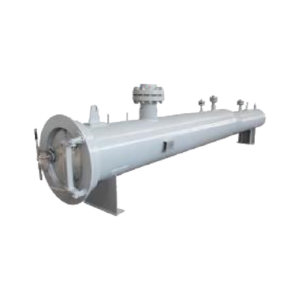
Funktionalität von Schweinestrafer und Empfänger
Die Hauptfunktion des Schweinestragers besteht darin, die Einführung von Reinigungsschweinen in das Pipeline -System zu erleichtern. Diese Reinigungsschweine, die speziell entwickelte Werkzeuge sind, werden dann innerhalb der Pipeline in Bewegung eingestellt. Angetrieben von dem Druck des transportierten Fluids begeben sie sich auf ihre Reise entlang der Länge der Pipeline.
Während des Umzugs führen diese Reinigungsschweine eine wesentliche Aufgabe durch - sie entfernen Verunreinigungen, Trümmer und Ablagerungen, die sich möglicherweise auf den inneren Oberflächen der Pipeline angesammelt haben. Im Laufe der Zeit können diese Substanzen eine Vielzahl von Problemen verursachen, von einer verringerten Durchflusskapazität bis hin zu einem erhöhten Risiko für Korrosion und Blockaden. Durch das Ablösen und Entfernen dieser Materialien tragen die Reinigungsschweine dazu bei, die betriebliche Effizienz der Pipeline aufrechtzuerhalten.
Dieser als Pigging bekannte Prozess spielt eine wichtige Rolle bei der Aufrechterhaltung der Pipeline. Es gewährleistet nicht nur die Sauberkeit der Pipeline, sondern trägt auch zur Erhaltung ihrer strukturellen Integrität bei. Regelmäßige Pigging kann dazu beitragen, die Entwicklung von Problemen zu verhindern, die die Sicherheit oder Funktionalität der Pipeline beeinträchtigen können.
Der Betrieb des Schweinestragers
Der Betrieb des Schweinestragers beginnt mit dem Einfügen des Reinigungsschweins in die Pipeline. Dies wird mit dem Launcher selbst erreicht, der als eine Art Tor für das Reinigungsschwein fungiert. Sobald sich das Reinigungsschwein sicher in der Rohrleitung befindet, ermöglicht es in der Flüssigkeit, die zu transportiert ist, entlang der Länge der Rohrleitung.
Wenn das Reinigungsschwein durch die Pipeline fährt, kratzt es unerwünschte Materialien von den Innenwänden der Pipeline effektiv ab. Dies könnte verschiedene Arten von Verunreinigungen umfassen, von Maßstab und Sediment bis hin zu schädlicheren Substanzen. Das Reinigungsschwein mit seiner robusten Konstruktion und Konstruktion stellt sicher, dass diese Materialien effektiv abgelehnt und entfernt werden.
Dieser Reinigungsprozess verbessert die Durchflusskapazität der Pipeline erheblich. Durch das Entfernen von Obstruktionen aus dem Innenraum der Pipeline hilft das Reinigungsschwein bei der Wiederherstellung der ursprünglichen Kapazität der Pipeline. Dies stellt sicher, dass der Flüssigkeitsfluss, ob Öl, Gas oder andere Substanzen, glatt und effizient bleibt.
Entwurfsbedingungen
| Entwurfsbedingungen | ||
| 1. | Pipelinegröße | Von 6 "bis zu 56" |
| 2. | Designcode | Asme VIII Div 1; Asme B31.3; Asme B31.4; ASME B31.8 usw. |
| 3. | Konstruktionsfaktor | 0.5, 0,6, 0,7 usw. |
| 4. | Korrosionszuschlag | 0-5mm oder mehr |
| 5. | Auslegungsdruck | CL150, CL300, CL600, CL900, CL1500, CL2500 oder Bedarf. |
| 6. | Entwurfstemperatur (min/max) | -50 ℃ / 200 ℃ |
| 7. | Verschlusstyp | Klemmring Typ schneller Öffnungsschließung |
| 8. | Installationsorientierung | Horizontal, vertikal, geneigt |
| 9. | Anwendbares Medium | Gas, Öl, Erdöl, chemische Materialien, Wasser usw. |
| Struktur und Hauptmaterialien | ||
| 1. | Hauptlauf/min | ASTM A106, ASTM A516 Gr.70 oder nach Bedarf. |
| 2. | Schnell öffnender Verschluss (mit Interlock -System) | ASTM A515 GR.70, ASTM A516 GR.70, Und ASTM A105, ASTM A350 LF2 CLASS1, ASTM A694 F42 F46 F48 F50 F52 F56 F60 F65 F70, oder nach Bedarf. |
| 3. | Versiegelungsring für die Schließung | Viton, Nitril |
| 4. | Sattelunterstützung | Q235 oder nach Bedarf. |
| 5. | Flansch | ASTM A105, ASTM A694 F70 oder nach Bedarf. |
| 6. | Lug/Augen heben | Q235 oder nach Bedarf. |
| 7. | Erdung | Ja |
| 8. | Namensschild | Edelstahl oder nach Bedarf. |
| Zertifikate | ||
| 1. | ASME U Stempelzertifikat | Anwendbar |
| 2. | Inspektion von Drittanbietern | BV, SGs, ABS, DNV oder nach Bedarf. |

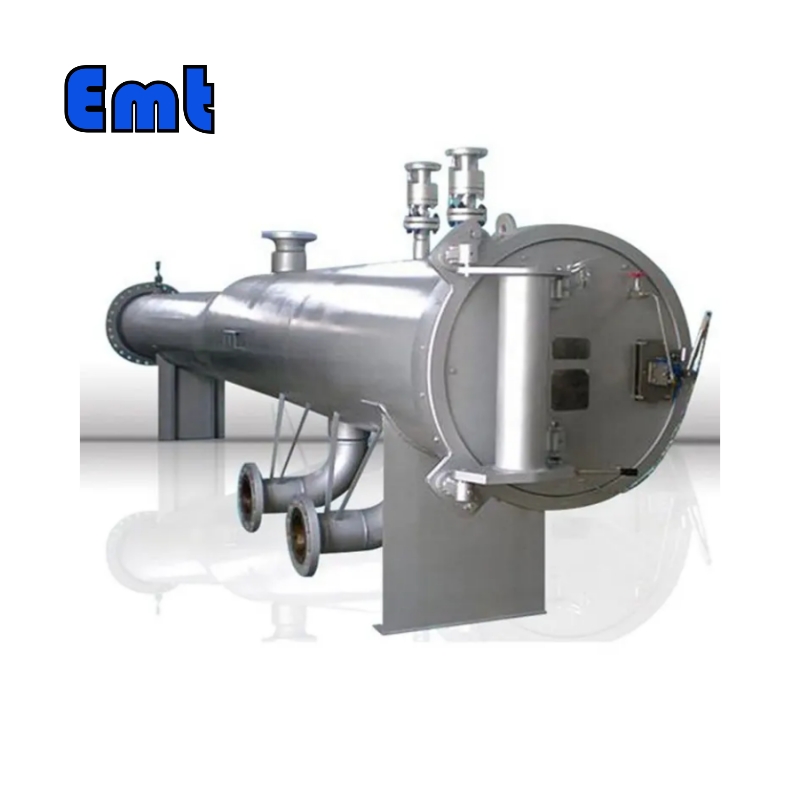
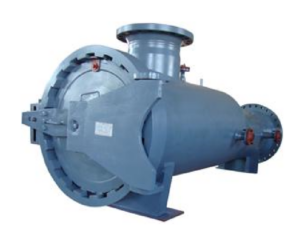
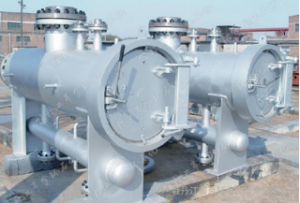
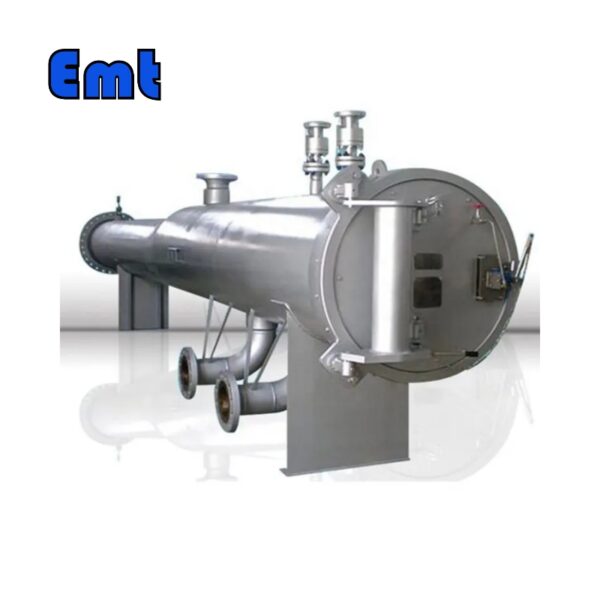

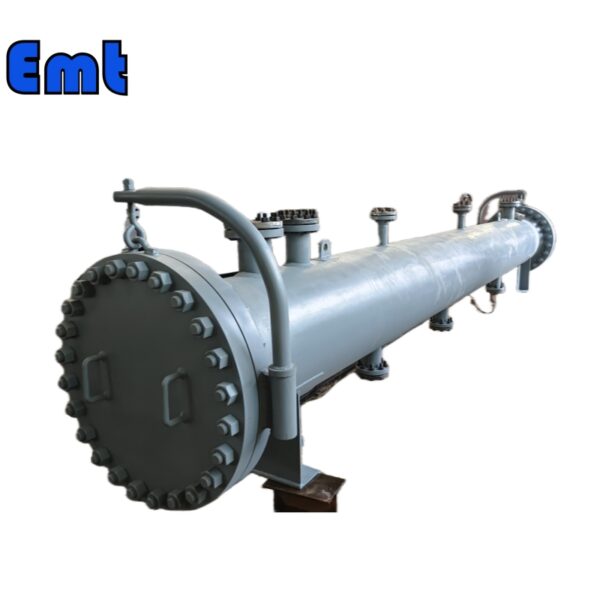
Rezensionen
Es gibt noch keine Bewertungen.